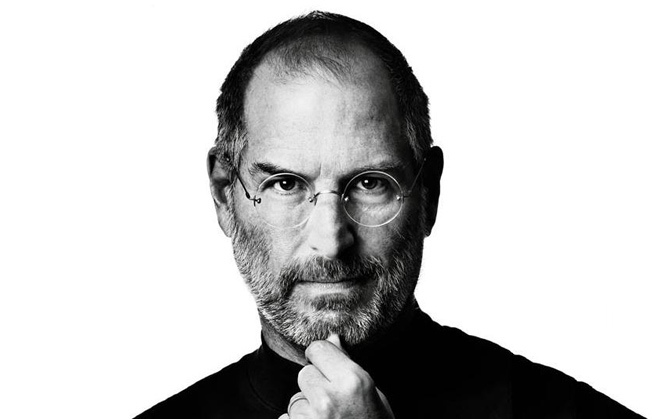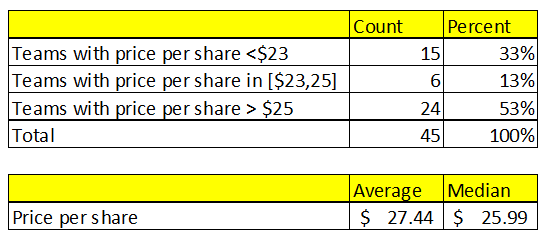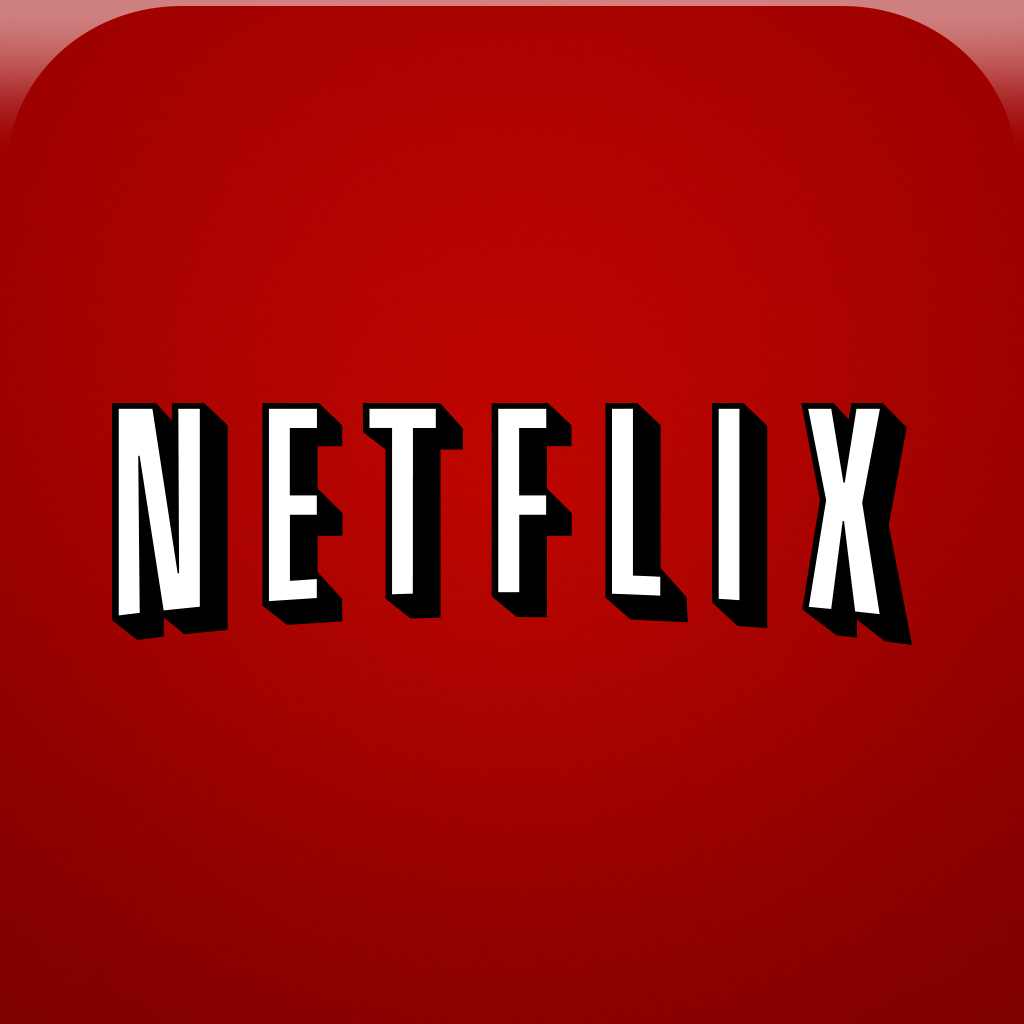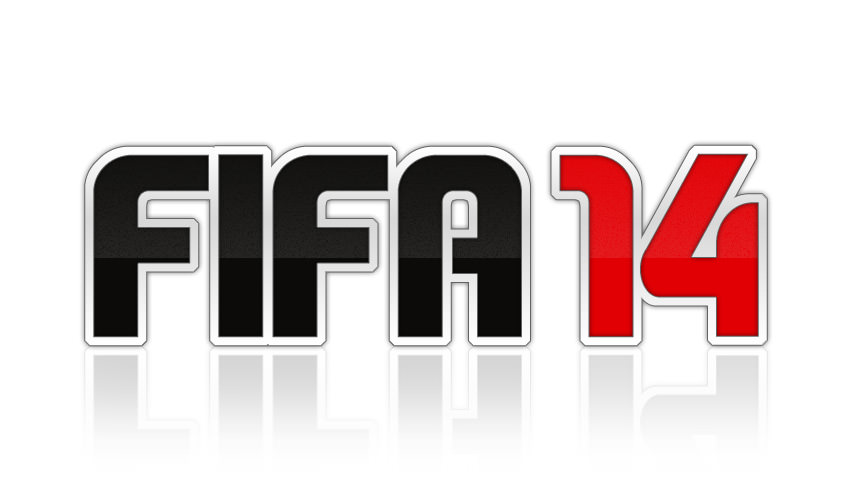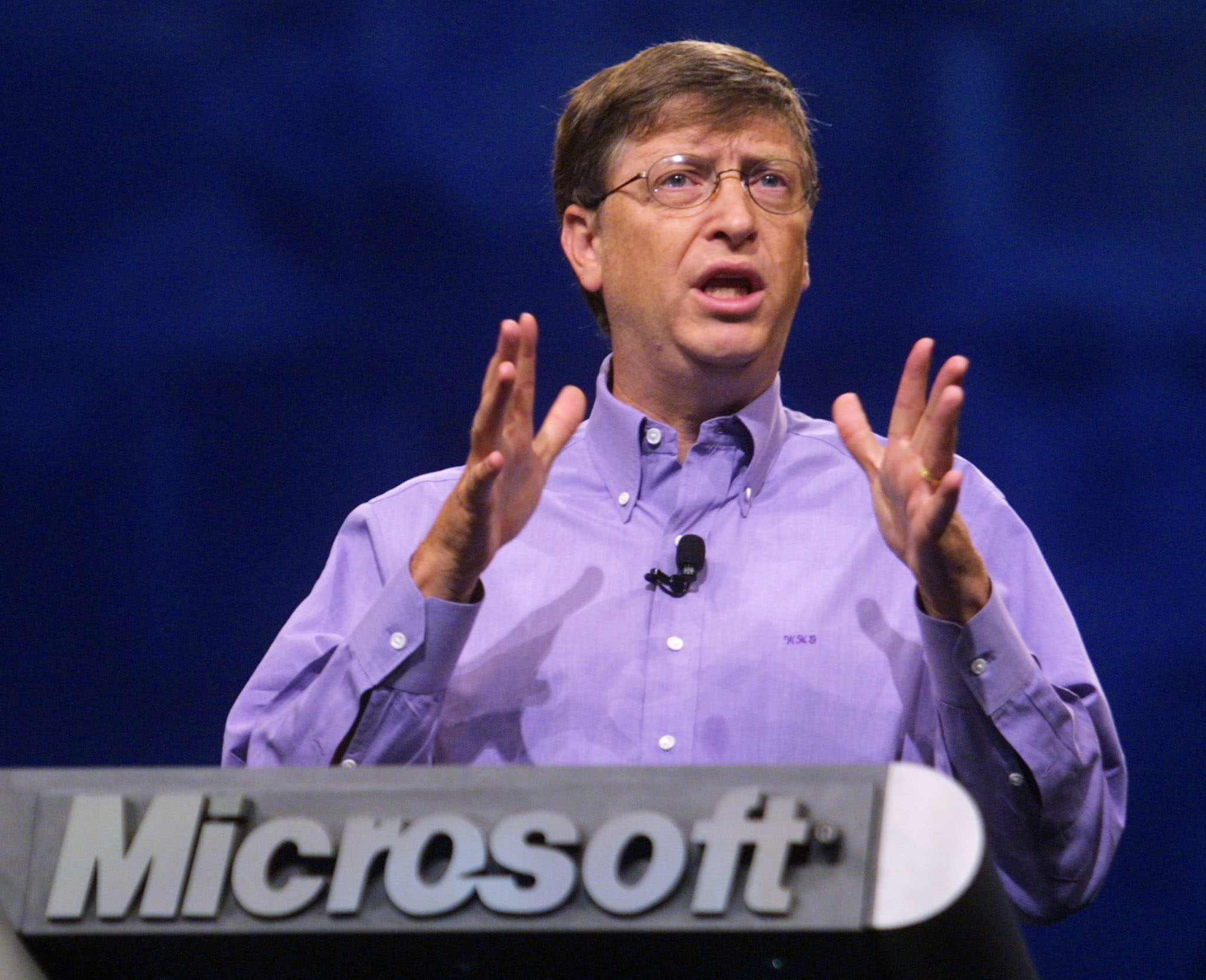Hi guys, check out this amazing new invention from a team in MIT, called inFORM.
It’s phenomenal.
We all know how the world, due to leaps in technology, is heading towards the “smartphone” era, where we all have many smart devices that make us focus on the virtual screen more, and become more antisocial as a community.
Well, this new invention combines both an innovating technology leap and a tool that increases human’s social interaction. Instead of virtual pixels from smart devices and apps, we now can interact socially through atoms!
The invention is not fully developed yet, but basically we can imagine it as how the first telephone was invented. It is, to quote the article, “a self-aware computer monitor that doesn’t just display light, but shape as well”. In other words, inFORM is both a hardware and software. With it, two random people who live half across the world can basically talk and see one another’s face through Skype on their iPads, and hold one another’s hands on inFORM!
Scientists are optimistic about the possibility. And, just like smart software and hardware we already have, this can be used for future business people and managers to communicate, even experiment and demonstrate prototypes! Just imagine there might not be any Apple’s product launching presentation anymore, but instead an inFORM demonstration session of iPhone 6 (well.. maybe not that soon)! I am personally intrigued by this possible insight into the future!
Nam,
.jpg)




